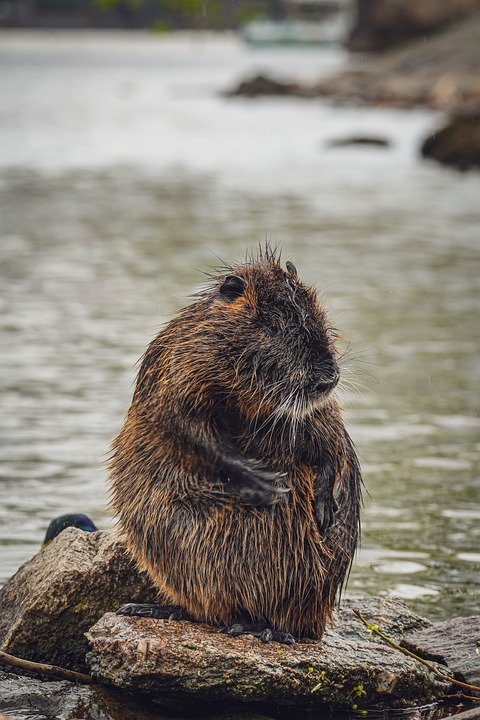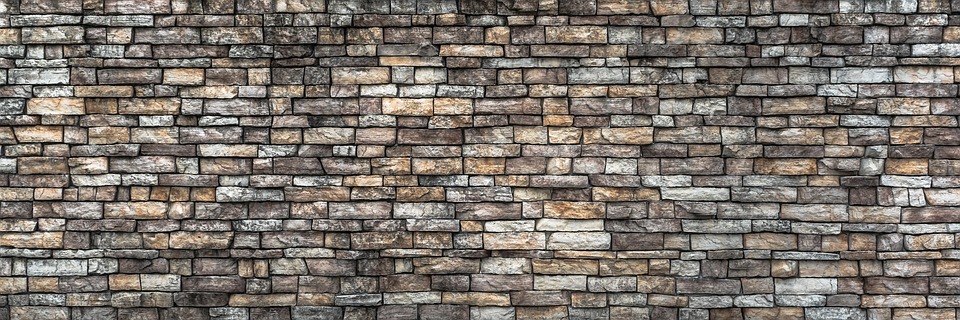The Beaver Myth: They May As Well Do… Live In Their Dams
As we gaze upon the tranquil waterways and lush forests, we often attribute the creation of these serene environments to the industrious beaver. However, have you ever stopped to wonder how these remarkable creatures construct their intricate dams and lodges, which seem almost… magical? In this article, we’ll delve into the fascinating world of beavers and explore the secrets behind their incredible feats of engineering.
The Beavers’ Dams
Beavers are notorious for building dams, which serve as the foundation of their homes, known as lodges. These structures are composed of branches, mud, and vegetation, carefully woven together to create a watertight seal. But why do beavers go to such great lengths to build their dams? The answer lies in their natural habitat. Beavers are semi-aquatic, meaning they spend a significant amount of time in the water, and their dams allow them to control the water level, creating a safe and comfortable environment for themselves and their families.
How Do Beavers Build Their Dams?
Beavers are incredibly resourceful and have developed a sophisticated system for constructing their dams. They begin by collecting branches and other vegetation, often using their powerful teeth and paws to manipulate the material. Next, they construct a foundation, typically by weaving the branches together in a lattice pattern. The dam is then reinforced with mud, sticks, and other debris, creating a sturdy barrier that can withstand strong currents and seasonal changes.
Why Do Beavers Build Their Dams?
The primary purpose of a beaver’s dam is to create a stable and reliable source of water for their lodge. Beavers need access to a steady supply of water to protect their homes and maintain their food sources. By controlling the water level, they can:
- Protect their lodge: Beavers’ lodges are vulnerable to predation and erosion, but their dams create a safe and stable environment.
- Maintain food sources: Beaver dams create a unique environment for aquatic plants and animals, providing a food source for the beavers and other inhabitants.
- Enhance the local ecosystem: Beavers play a crucial role in shaping their environment, influencing the surrounding ecosystem and promoting biodiversity.
The Beaver Myth: They May As Well Do… Live In Their Dams
While beavers do spend a significant amount of time in the water, they don’t actually live inside their dams. Instead, they construct intricate lodges, often several feet away from the dam itself. These lodges are designed to withstand flooding, predators, and other hazards, providing a cozy and secure home for the beavers. So, why the myth that they live in their dams? It’s likely due to the remarkable engineering prowess of beavers, which leads us to wonder: how do they fit so much into their tiny paws?
FAQs
- How long does it take a beaver to build a dam?
Beavers can build a dam in as little as a few days to several weeks, depending on the size and complexity of the structure. - What do beavers use to construct their dams?
Beavers use branches, sticks, mud, and other vegetation to construct their dams. - Why do beavers build their lodges so high above the waterline?
Beavers build their lodges high above the waterline to protect themselves from flooding, predators, and other hazards. - Can beavers befriend other animals?
Yes, beavers have been known to form symbiotic relationships with other animals, such as otters and fish, which benefit from their engineering skills. - Are beavers endangered?
No, beavers are not currently endangered, although their habitats and populations can be affected by environmental factors and human activities.
As we conclude this fascinating journey into the world of beavers, we’re left with a sense of awe and appreciation for these incredible creatures and their remarkable engineering feats. The next time you find yourself near a serene waterway, take a moment to appreciate the beavers’ hard work and ingenuity, and marvel at the magic they bring to our environment.



